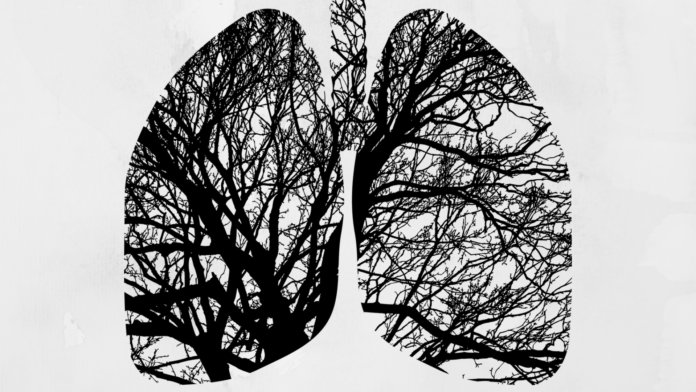Imagine waiting for an organ transplant. As your health deteriorates, you wait patiently to reach the top of the transplant list. Finally a suitable organ becomes available. But there’s a catch: the organ is infected.
These organs are not generally used for transplantation because of the risk of the infection passing to the donor, and poorer long-term outcomes. But as the opioid crisis continues, and some areas of the United States report that up to 20% of all organ donors are testing positive for hepatitis C, patients on the transplant waiting list are faced with a difficult decision – wait for an uninfected organ, or take what is available.
But now, a new technique for clearing viral infections prior to transplant could dramatically increase the number of uninfected donor organs, boosting access to life-saving transplants.
A pre-clinical study, led by Marcelo Cypel, Surgical Director of the University Health Network Transplant Program at Toronto General Hospital Research Institute, has shown for the first time that light-based therapies can be used to inactivate the hepatitis C virus in donor organs – in this case, lungs.
Using Ultraviolet C light and Photodynamic Therapy, the team treated nine rejected donor lungs undergoing ex vivo lung perfusion, a process that pumps a special fluid through cold-preserved donor lungs to ventilate and ‘re-warm’ them in preparation for transplant.
A customized device delivered the light irradiation therapies directly into the liquid that was passed through the perfusion system, completely inactivating the virus.
“We observed that light therapies have the ability to lower the viral load and make it non-infectious,” explains Marcos Galasso, a PhD student at the Latner Thoracic Surgery Laboratory and first author of the study. “Although you can still detect fragments of the virus after the treatment, we showed after exposure to the light therapies, the virus could no longer infect liver cells.”
Following early success, Cypel and his team have already started testing the simpler of the two therapies, Ultraviolet C irradiation, in clinical trials. If effective, this could be a game-changer for those on transplant waiting lists.
“If we can find a way of ‘curing’ these lungs before transplantation, we won’t even need to treat the recipients because they will never get infected,” says Cypel. “We can lower the risks for the patients and the costs to the healthcare system. Plus, this could help reduce waiting times for organs considerably.”
Currently, around 2,600 lung transplants are done each year in Canada and the United States. Being able to regularly accept hepatitis C positive donor organs could increase that number by 1,000 each year.








































